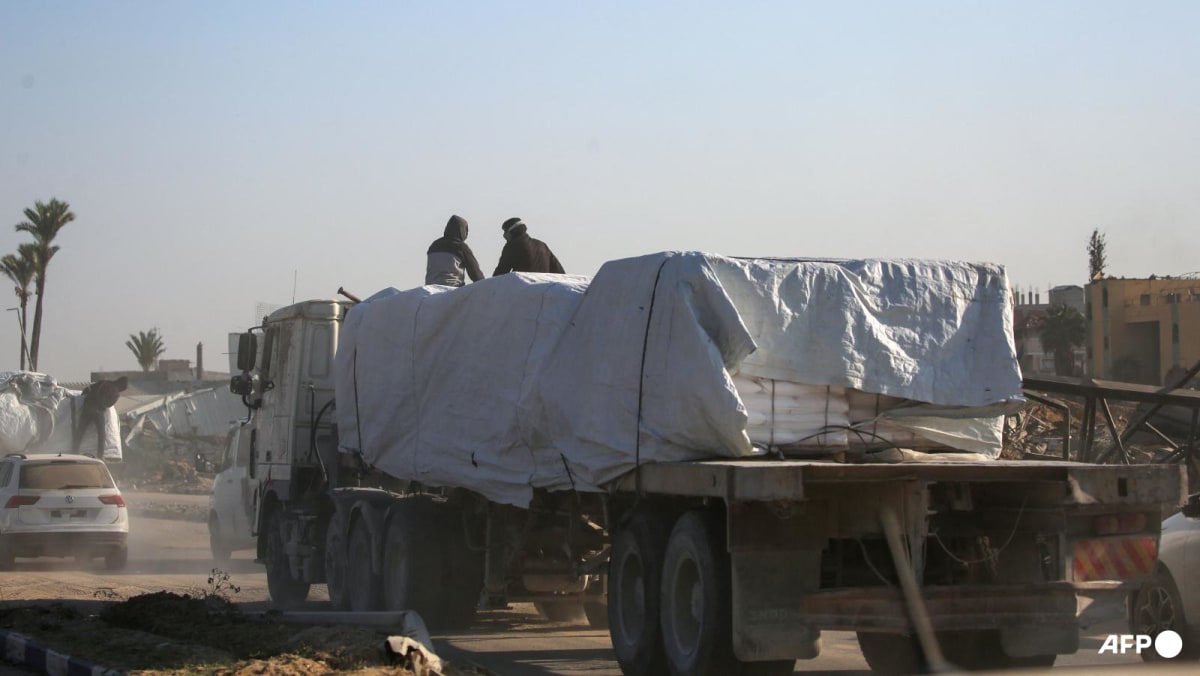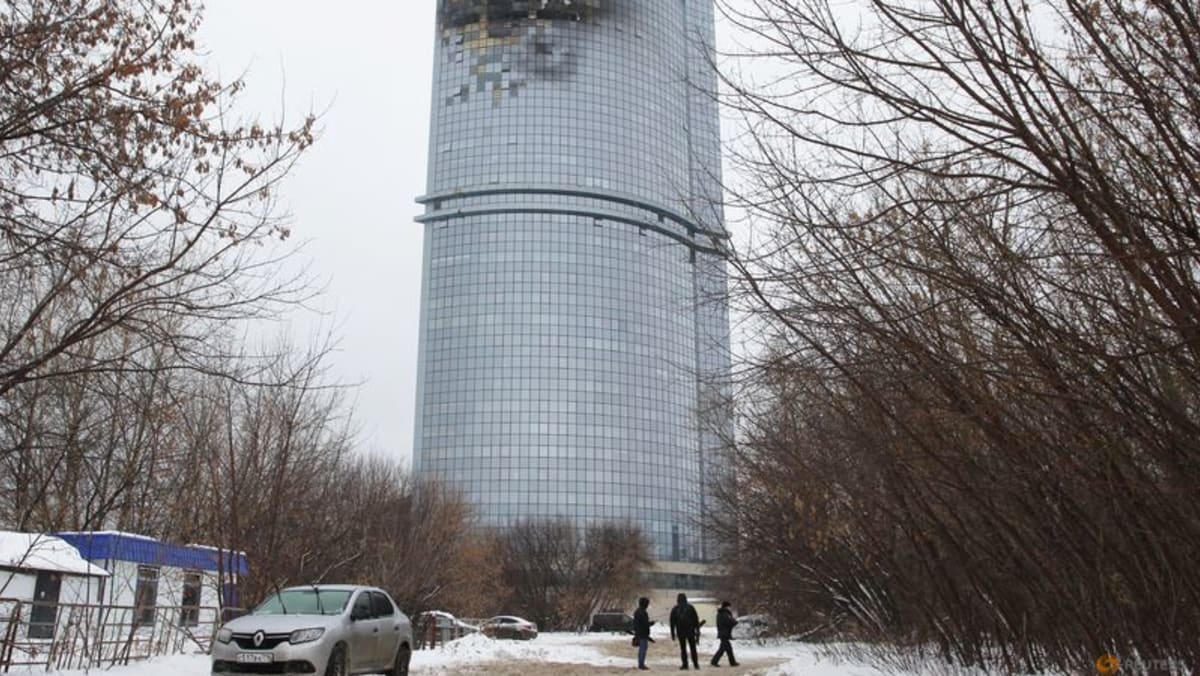Sollfrank runs NATO’s Joint Support and Enabling Command (JSEC), tasked with coordinating the swift movement of troops and tanks across Europe as well as logistical preparations such as the storage of munitions on NATO’s eastern flank.
Recently, JSEC – which is based in the southern German town of Ulm – staged an exercise in coordination of patient flows.
Should a conflict with Russia arise, wounded troops will not only need to be transported over a larger distance than in other wars of recent years, Sollfrank said.
Russian air defences and jets would threaten medical evacuation flights in a way that insurgents in Afghanistan or Iraq could not, likely creating a need for hospital trains that can transport more casualties at the same time than aircraft.
“Air superiority will have to be achieved in the first place. It will require time to succeed over the entire length and depth of the front line,” Sollfrank said.
“For planning reasons, all options to take a great number of wounded to medical installations need to be considered, which includes trains but potentially also buses.”
Differing medical regulations between countries are another hurdle to overcome, Sollfrank said. A “military medical Schengen”, akin to the political Schengen zone that allows free movement within most of the European Union, could be a solution.
It could entail an area of free passage for sensitive medications such as narcotics or strong painkillers, which would be needed to treat wounded troops but whose cross-border transport is regulated.














